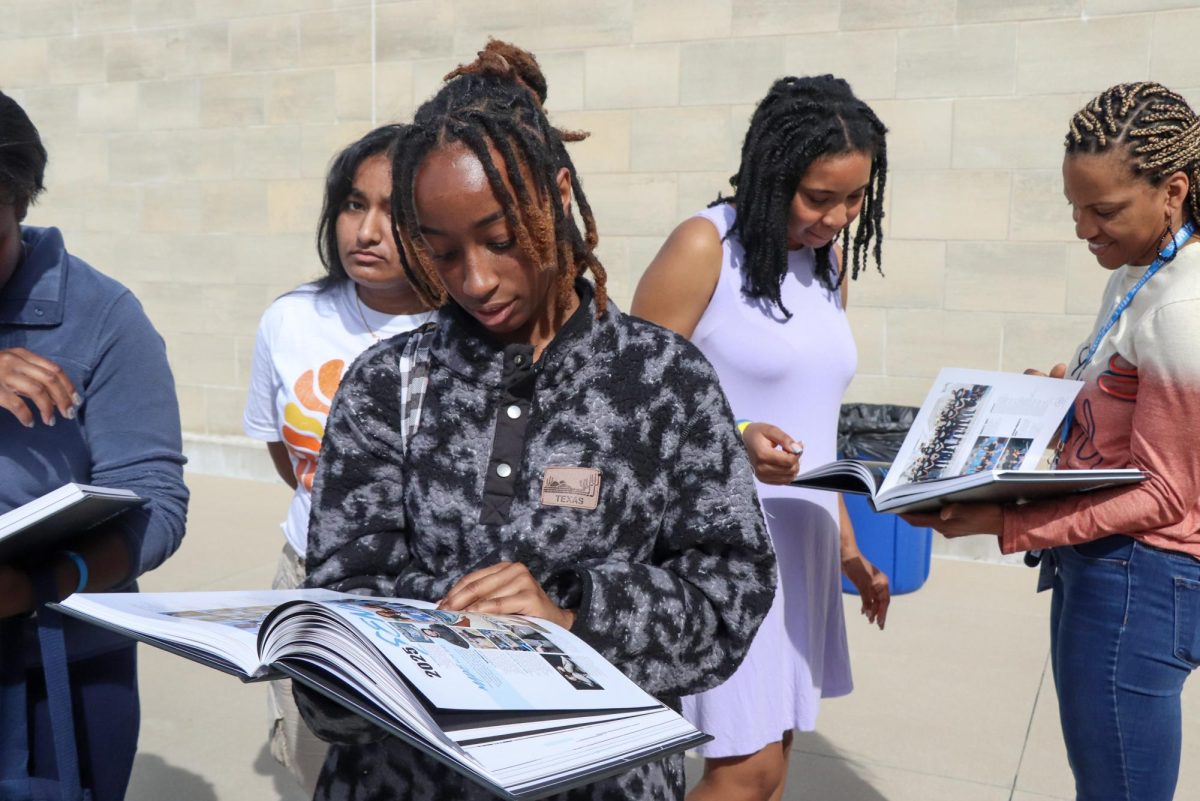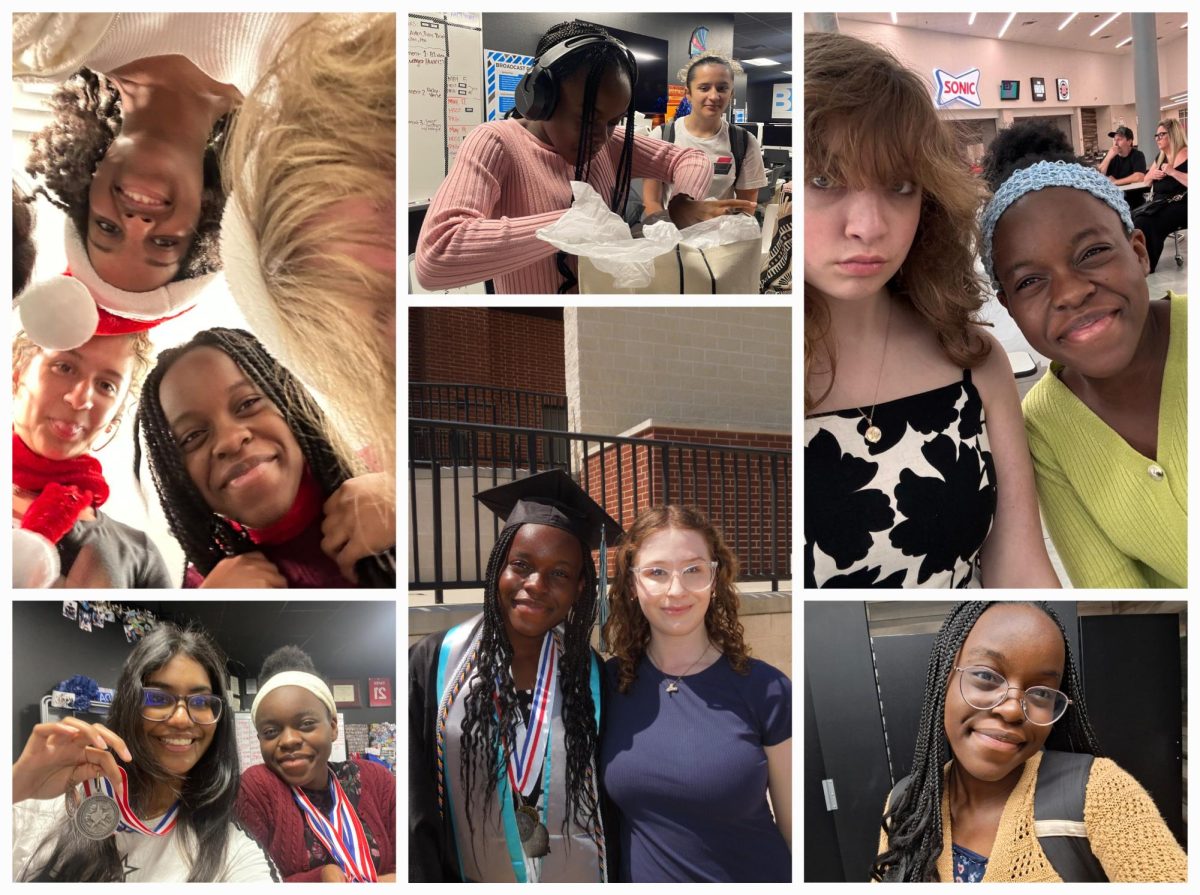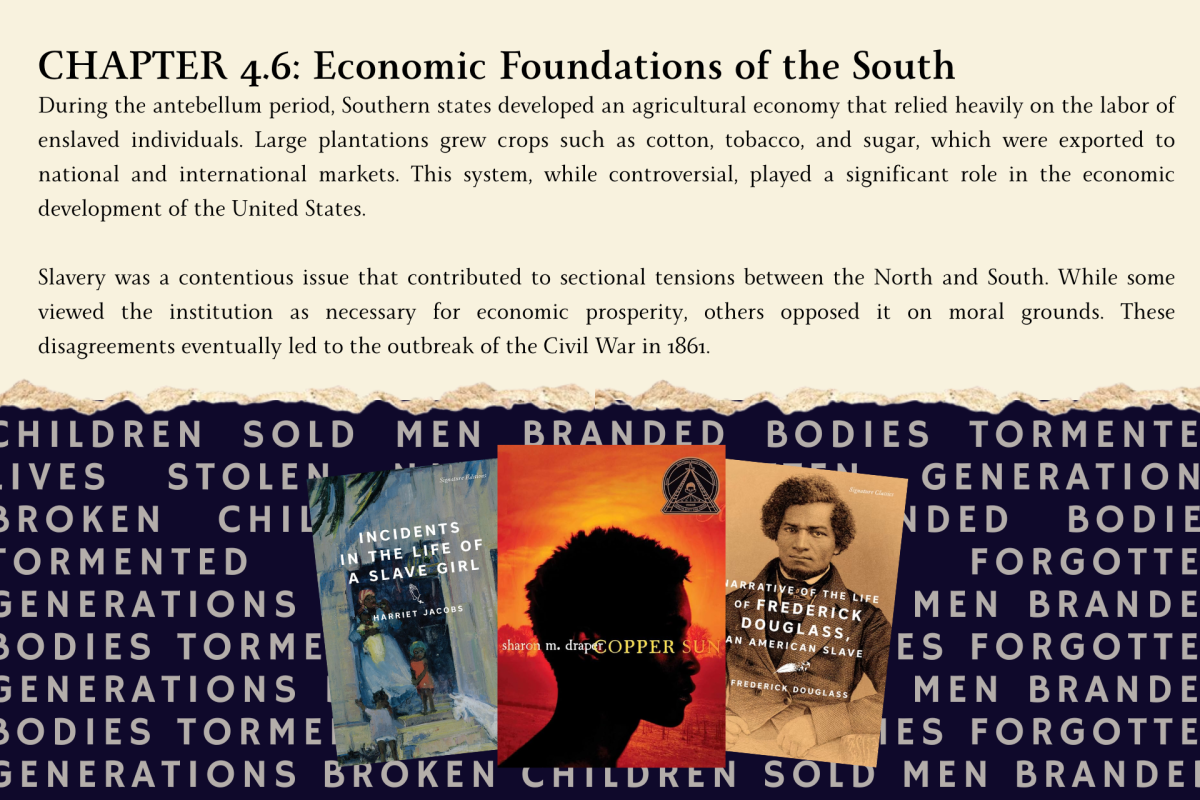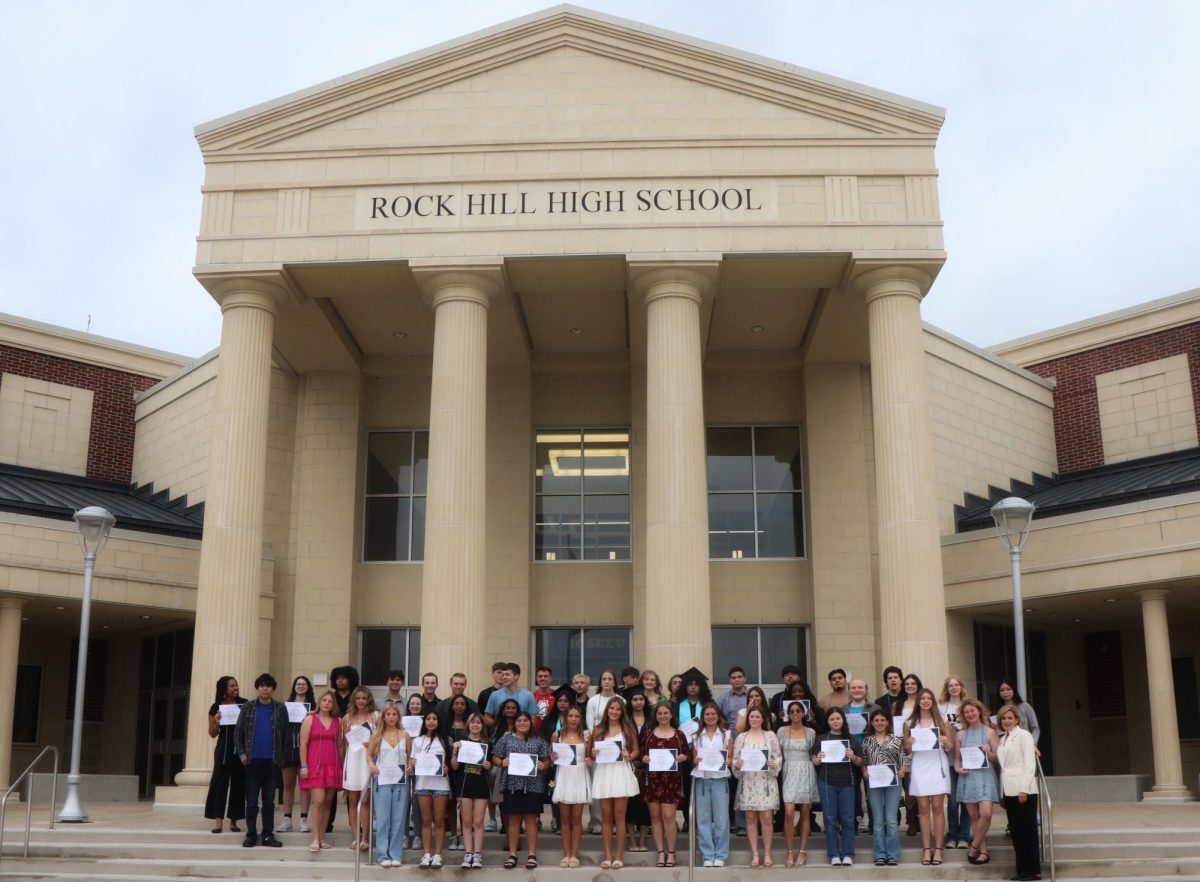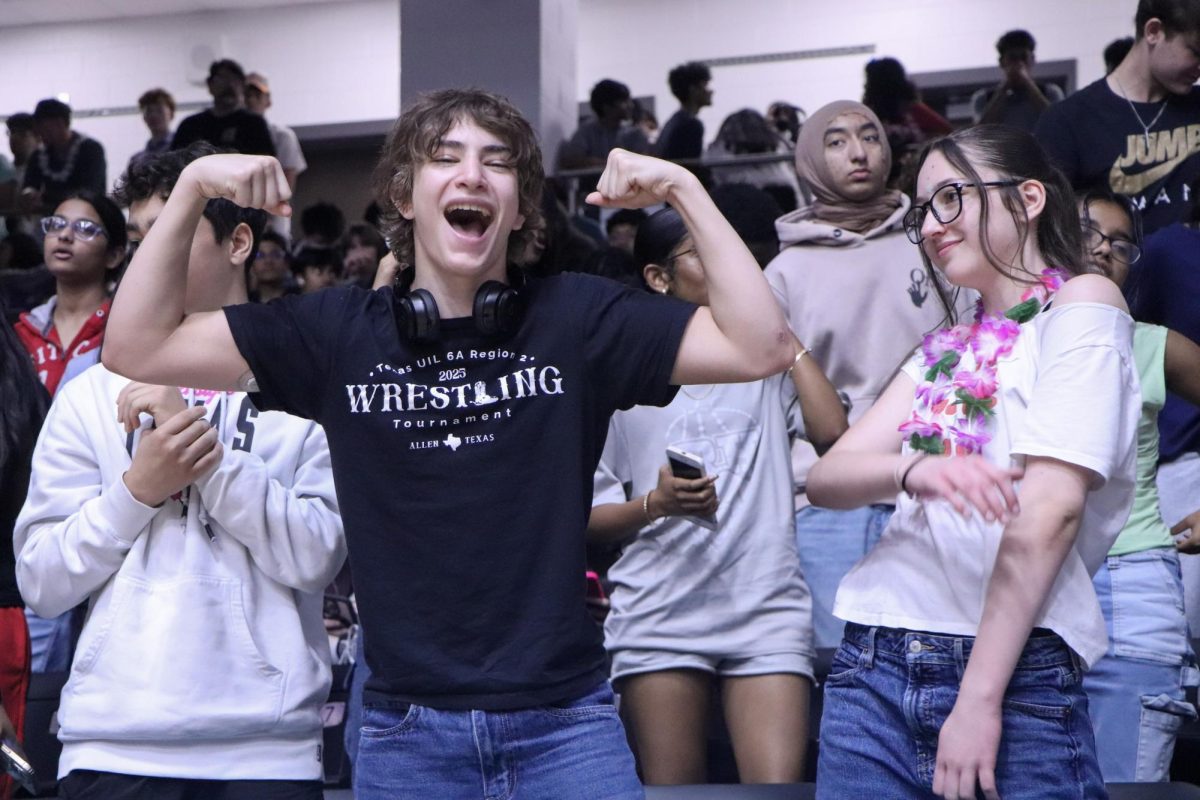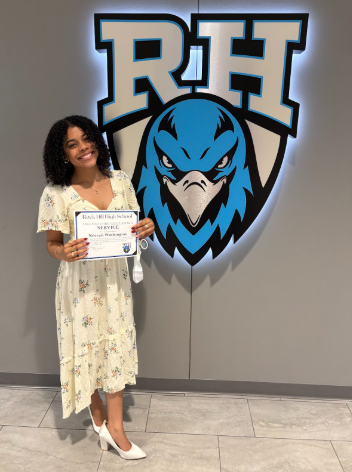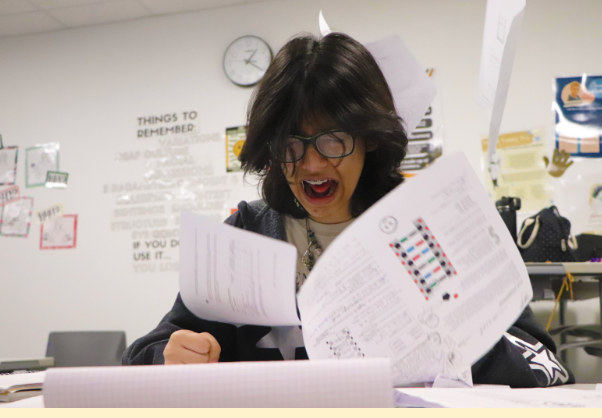This morning, as freshly printed yearbooks crack open across campus, students keep scrolling—through reels, stories and an endless stream of curated moments. In a world driven by digital media, the value of print media faces scrutiny.
Every hour, Instagram is flooded with piles of screenshots, selfies, and short-form videos, each quickly buried beneath the next. Memories are made and forgotten in minutes. Meanwhile, yearbooks sit quietly on bedroom shelves, gathering dust but never disappearing. While digital media feeds a culture of instant gratification and performative self-presentation, the yearbook endures as a raw, tactile time capsule of student culture and life.
Social media fosters control. Students often put themselves under a microscope the rest of the world doesn’t see, causing every pixel of digital presence to be cultivated, polished, and filtered. That constant perfection leaves little room from the messy, unedited moments that make up daily life. Yearbooks, by contrast, preserve those imperfections. They capture not just our best moments, but hallways, classroom snapshots, and rituals of school culture—real stories, not just reels.
Perhaps the real issue isn’t just the dominance of digital media. It’s that we’re losing touch with what’s real.
Part of that loss comes from overlooking the people behind the pages. Out of a student body of 2,414 students, just 12 students make up the yearbook staff. Less than 0.5% of the population represents 100% of the student body. Yearbook production isn’t just about creating a keepsake. It’s about representing a student body’s cultures, personalities, and achievements. It captures a school’s identity, preserving a legacy and crafting a cultural artifact students can return to for years. While social media is plagued with inauthenticity and outlets like the Dallas Morning News declaring yearbooks are going out of style, the tactile nature of print media emerges as one of its most valuable and defining qualities. The human component—that is what makes a yearbook truly precious.
With the domination of digital media and many major media outlets embracing artificial intelligence, it’s easy to undervalue print media. Some argue that digital yearbooks are the future. They’re cheaper, faster and easier to distribute. But what they gain in efficiency, they lose in permanence. Even a dusty book on a shelf carries more weight than a folder of forgotten screenshots. A yearbook can’t be deleted, buried by an algorithm or locked behind a forgotten password. And unlike social media platforms, it doesn’t demand perfection to be worth remembering.
Yearbooks are more than printed pages. They’re gifts—created by students, for students, and filled with unscripted, imperfect, and meaningful moments. And in a world increasingly filtered or fleeting, that makes them worth holding on to. It is important to remember that yearbooks are gifts from the peers who represent them. While social media will further be intertwined in our presence in society, it is okay to be captured in our real and unpolished forms.


